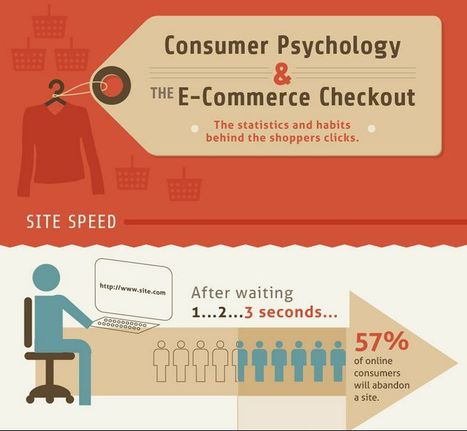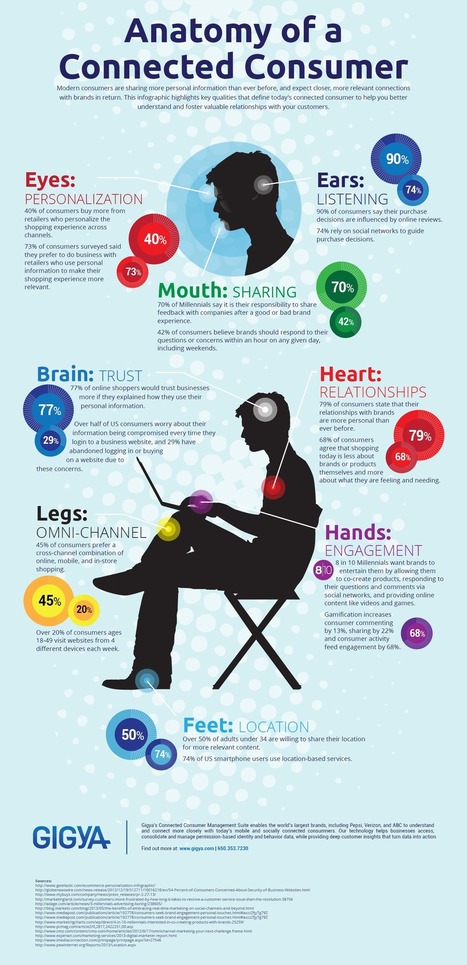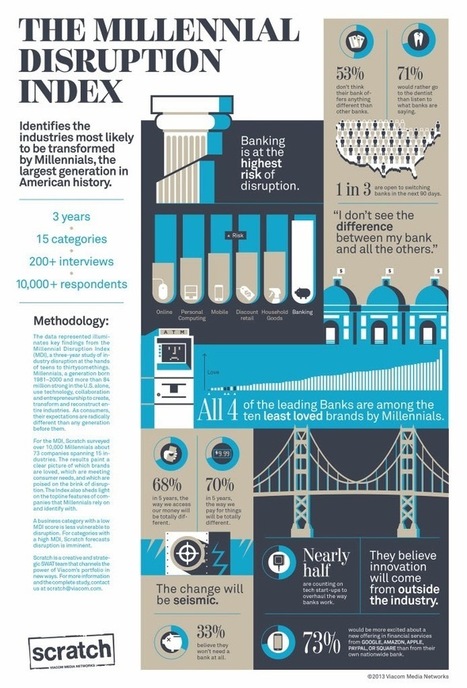We all love a bit of online shopping but what goes through our head before we click to buy items over the web?
We have done some research in the form of an infographic, which reveals some fascinating insights into the psychology of the online consumer.
A massive 85% of people said they read online reviews before making a purchase and 1/3 of shoppers admitted buying an item after being influenced by a video. The research also looks into why we abandon sales at the checkout, which is predominantly down to hidden charges and having to register before buying.
Check out our infographic below for the full insight into the mind of the online shopper....



 Your new post is loading...
Your new post is loading...



















When we shop online we make sub-conscious decisions when we are buying items but what goes through our head before we click the purchase button?
Wat beweegt de online consument in de webwinkel? Wat reviews en video kennelijk veroorzaken in de psychologie van de shoppers.